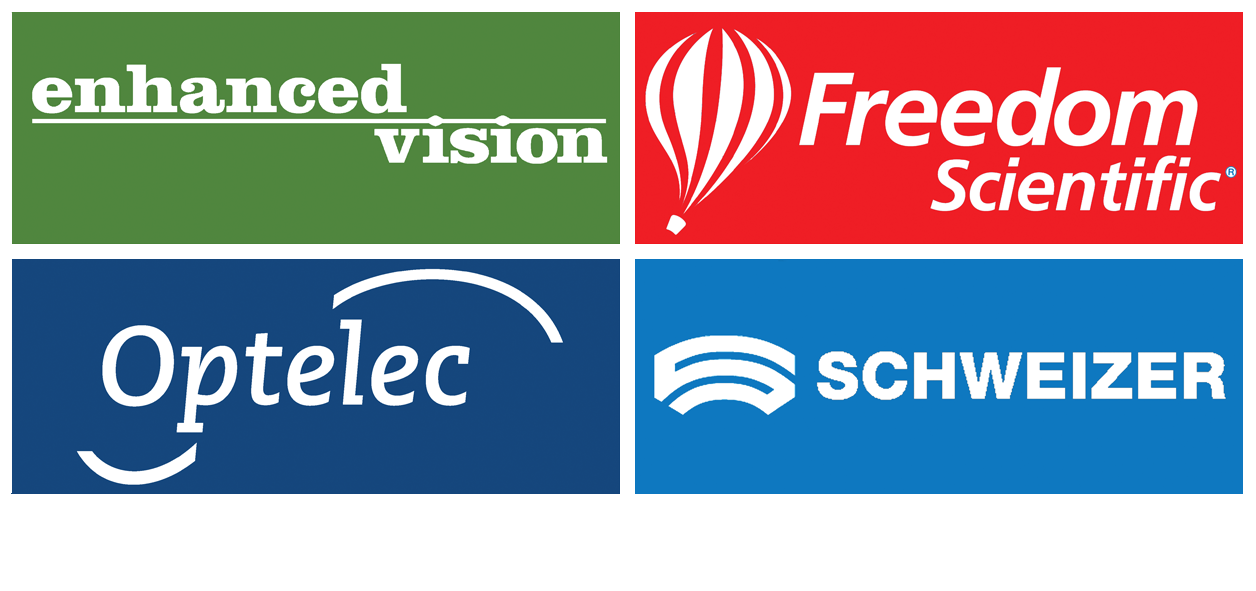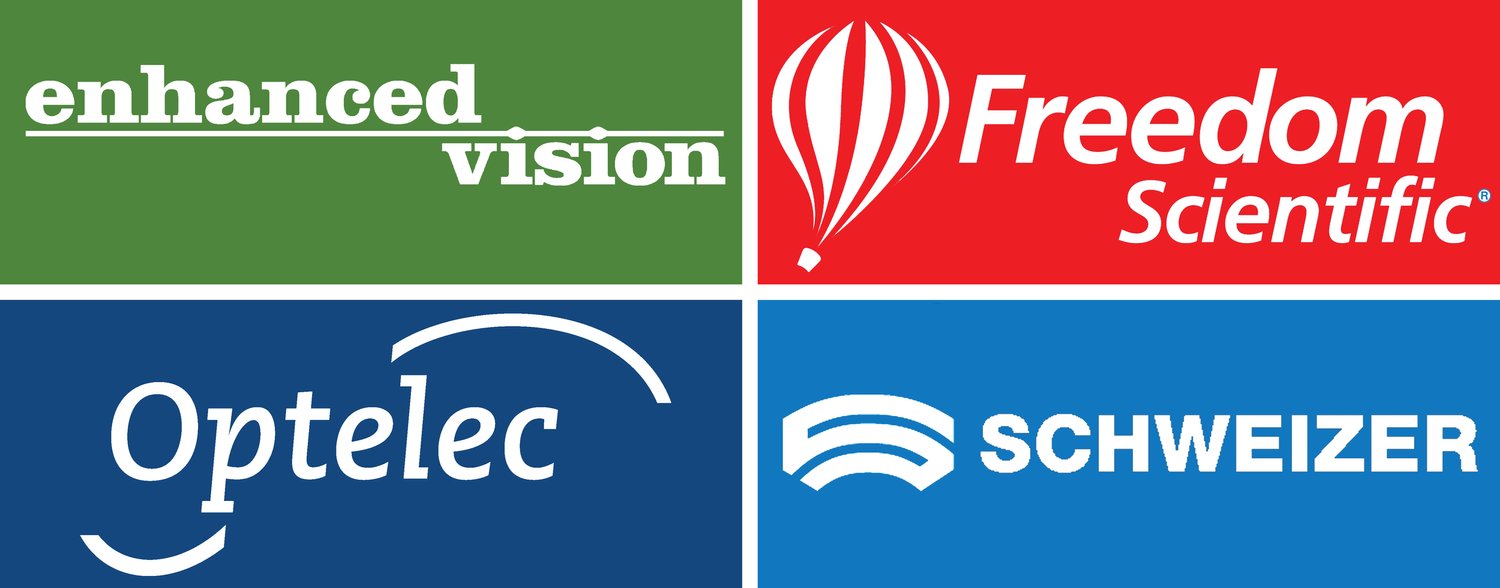Tips and aids for staying mobile as a blind or partially sighted person
A key part of maintaining independence as a person with low or no vision is mobility, having the confidence and the solutions to enable travel to and from work, to visit friends and family or to pop out to the local shops.
Independent travel as a blind or partially sighted person can be a daunting experience, particularly if you are doing it for the first time or you are without any assistive technology. With the right training and solutions at your fingertips, however, you can feel confident that you can get out and about whenever you feel like it.
Mobility Training
If you are registered as blind and/or are in contact with your local low vision charity, it is likely you will have been offered some form of mobility training. Mobility training is invaluable in teaching the skills to get about independently, introducing you to some hugely helpful assistive technology solutions, and improving your confidence.
Many local authorities, such as the county or city council, will employ Mobility Officers who provide this training for free. The RNIB or Guide Dogs UK can also be very helpful in seeking assistance in obtaining mobility training.
Anti-glare shields
Relatively low-cost devices, anti-glare shields can be overlooked in favour of magnification but can be just as important. Whereas sunglasses aren’t very useful to partially sighted people as they dim the colour spectrum, anti-glare shields only block specific parts of the colour spectrum, which means they can protect your eyes from UV rays as well as improving sharpness and contrast.
These can be particularly useful for people with macular degeneration and come in a range of colours. Watch our extensive explainer video on anti-glare shields below:
https://www.youtube.com/watch?v=zd5Qob8W-Nw
Lanyards
Although lanyards are not specifically designed for blind or partially sighted people, they can be very helpful as an identifier for situations where you are in a public place. This has never been more true than right now as we find ourselves in the midst of the Covid-19 pandemic. A simple lanyard with a laminated badge saying blind or partially sighted will help other members of the public understand that you have an eye condition, which can be very useful if you are ever in need of assistance or in general social situations.
We are currently offering free yellow lanyards with a laminated badge that says visually impaired or blind on it, with a picture of an eye. If you are interested you can apply for us to send one out to you here: https://forms.gle/QZfnSMfEHgB25NBv6
Assistive technology
From portable magnifiers and text reading devices to wearables and walking canes – there is a variety of technology available that has been designed specifically for blind and partially sighted people, with the aim of making life easier.
Walking Canes & Wearables
There are a large variety of canes available for blind and partially sighted people. From symbol canes, to long canes, canes for children and smart canes. Which of these will be best for you will depend on what you want out of a walking cane and the severity of your eye condition.
Although traditionally referred to as white canes, walking canes now come in a variety of colours including yellow, pink, black and white, and red. Canes aren’t for everybody and it is always worth trying out walking with a cane first before investing in one, this is usually provided as part of the mobility training, however, you can also contact your local charity for assistance.
Smart canes are the latest innovation in the world of walking canes and usually combine features such as built-in speakers, smartphone integration, sensors and haptic vibration to enhance the walking cane experience. The WeWalk is the current market leader in smart cane technology.
Smart canes utilise ultrasonic sensors to detect obstacles ahead, which is exactly the same technology the SUNU band uses too. The difference with the SUNU band is that it is more discrete and offers an alternative to white canes. This device is worn on the wrist and similarly to a smart cane, ultrasonic waves and haptic vibration feedback warn the wearer of the direction and proximity of obstacles.
The most advanced wearable device for blind and partially sighted people that will help with mobility is the OrCam MyEye. The tiny device can be attached to any pair of glasses and using artificial intelligence it will read text, recognise faces and identify products, amongst other things. There is no other wearable assistive technology available that will do the job as well as the OrCam.
Speak to us about the OrCam My Eye 2 – Call on freephone 0800 145 6115
Portable magnifiers and text reading devices (OCR)
Depending on whether you are blind or partially sighted, you will prefer to either use a device that can magnify text, signposts and other things out and about, or a device that will take a picture of text and read it aloud.
If your vision dictates that sometimes you just need to make things a bit bigger, or change the colour of the text to see it better, then an electronic portable magnifier is the best and most cost-efficient solution. These come in a variety of shapes, sizes, and capabilities and again, what is best for you will depend on your eye condition.
For simple spot-checking, i.e. quickly magnifying the price of a product in the supermarket, a device such as the Pebble HD or the Ruby HD is perfect. These devices are very small and incredibly light; the Pebble HD weighs just 204 grams. We recommend using these devices for freeze-framing, this is where you simply hold the device up close to what you want to magnify and press the freeze button – this will freeze the image on the screen allowing you to hold it as close to your eyes as need be and increase or decrease magnification, brightness, or change the colour.
For a magnifier that is better suited to viewing things on tabletops while you are out and about, such as a restaurant menu – the slightly larger version of the Ruby HD, the Ruby 7 HD or the Compact 7 HD are perfect. Both devices are designed to be portable and come with a pop-out stand that allows you to pop it down on a flat surface and simply slide it around over whatever you want to magnify.
Some portable electronic magnifiers will also come with the option of OCR technology, or optical character recognition. This means the device can identify text in most formats, and read it aloud to you either via a built-in speaker or through a pair of headphones. The Compact 10 HD with speech is the best portable device with OCR as it has a larger screen, allowing you to fit more text. This makes it perfect for more extensive reading when you are out, such as newspapers or books in the library.
Watch us take the Compact 10 HD with speech out to the supermarket and a restaurant:

